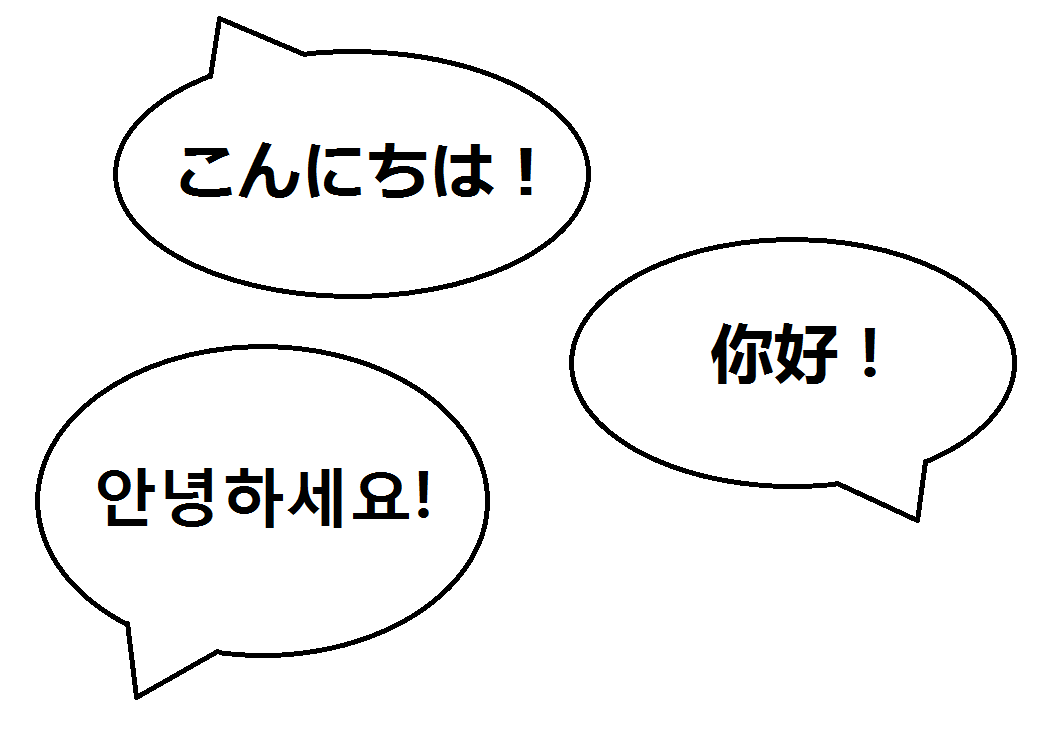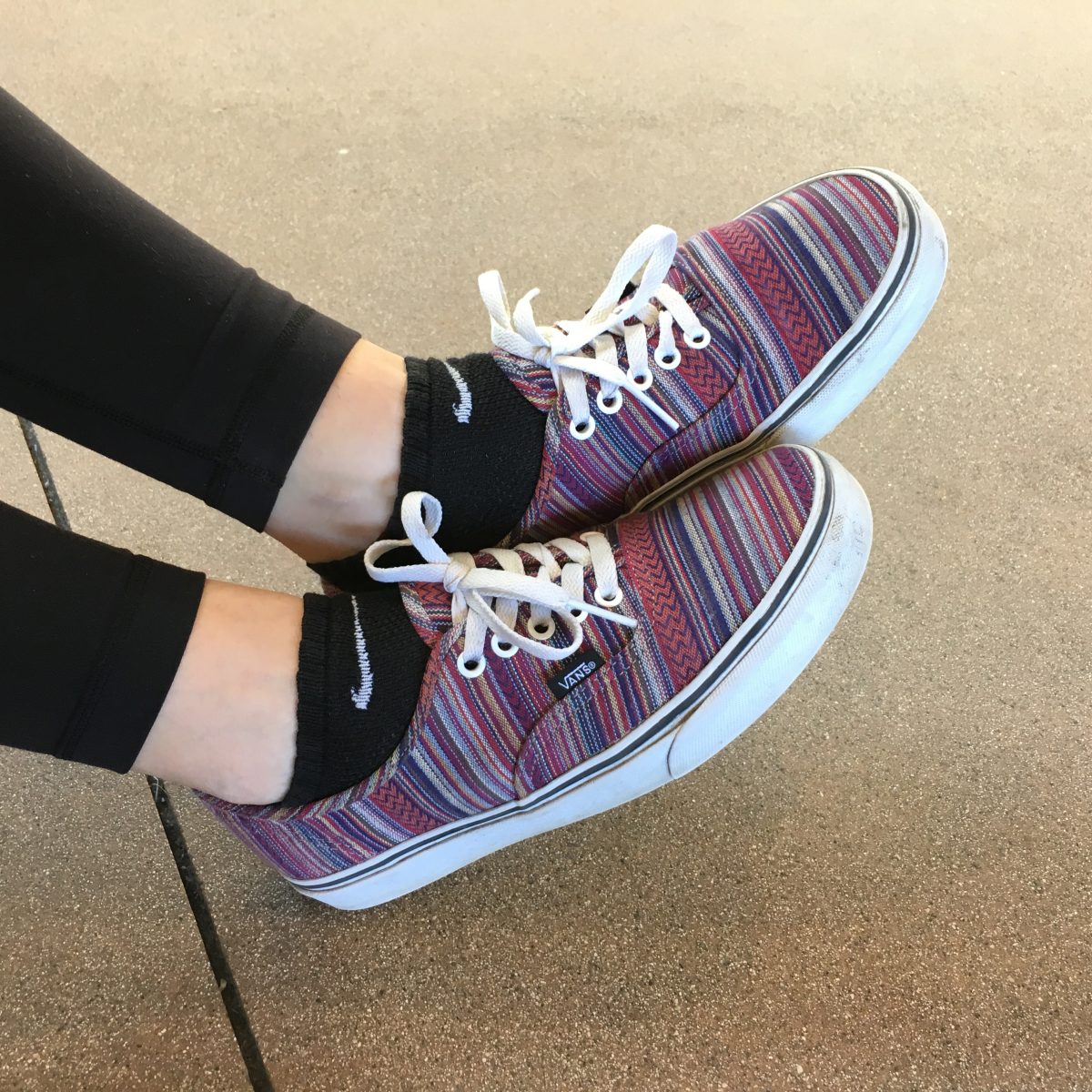 Kimono-inspired skimpy costumes and fan-twirling Asian backup dancers seem to be all the rage in the American pop music video scene these days.
Kimono-inspired skimpy costumes and fan-twirling Asian backup dancers seem to be all the rage in the American pop music video scene these days.
Tastefully exposing the richness of Asian culture to an intellectually curious and open-minded audience is one thing, but the recent pattern of including stereotypical or inaccurate splashes of oriental flair into a video is another. Videos like these reinforce a skewed, oversimplified image of Asia by continuing to use Asian culture as a quick way to spice up entertainment.
Nicki Minaj sports a modernized kimono, trains in martial arts, and falls in love with a samurai in the video for “Your Love.” And by “modernized kimono,” I mean a kimono without a skirt. (Britney Spears wears a similar costume on her Femme Fatale tour.) I was surprised that there weren’t any ninjas included for good measure. A video like this fails to explore beyond the surface to help the viewer understand that there’s so much more to Japan than geishas and karate.
But really, I feel bad for Nicki because she’s also a wee bit confused about what language is spoken in Japan. She raps, “When I was a Geisha, he was a Samurai / Somehow I understood him when he spoke Thai.” Well… at least she got the continent right?
Similarly, in Justin Bieber’s “Somebody to Love,” Asian backup dancers frolic while carrying hot pink fans. Justin and Usher croon in front of a giant Chinese character for “love” (also used in the Japanese language). Middle Schoolers, please don’t hate me for criticizing the Biebz, but which Asian society inspired this particular concept?
Whoever decided to throw in the dance and the Chinese character probably didn’t know enough about Asia to intentionally make the video a “racially exploitative exercise,” as blogger Mark Lee points out. Instead, maybe Bieber watched a kung fu movie and was so fascinated by the Asian novelty that he wanted to include a vaguely Asian concept in his video. But we as the viewers shouldn’t be led to believe that the sophisticated art of traditional Chinese, Korean, or Japanese folk dance can be oversimplified to pink fans twirling behind Bieber in a video that has nothing to do with Asia.
Need more proof that the American music industry is sending the wrong message? Watch the intro to “Love you Like a Love Song” by Selena Gomez to see cultures clash as a “Japanese” woman speaks Japanese with a Chinese accent, and check out Gwen Stefani’s “Harajuku Girls” for my personal favorite: the girls are American, pretending to be Japanese, and are contractually obligated to stand behind Gwen and never speak.
Don’t get me wrong. I’m not saying that music videos should never include elements of Asian culture. I’m also not debating Nicki’s fierceness, and I’m willing to admit that the “Somebody to Love” video is somewhat addictive. The problem, though, is when artists and video producers are too careless to ensure that Asia is portrayed accurately and thus spread common misperceptions. I want more people to appreciate the complexity of Asian culture for what it truly is instead of what it definitely is NOT: Nicki Minaj wearing a geisha wig.











